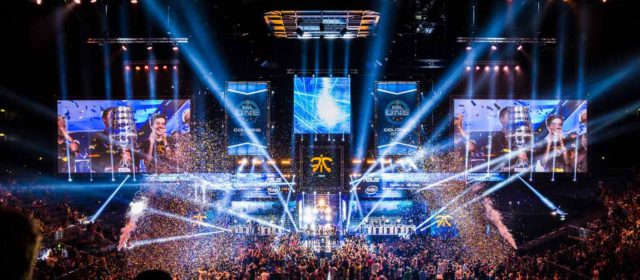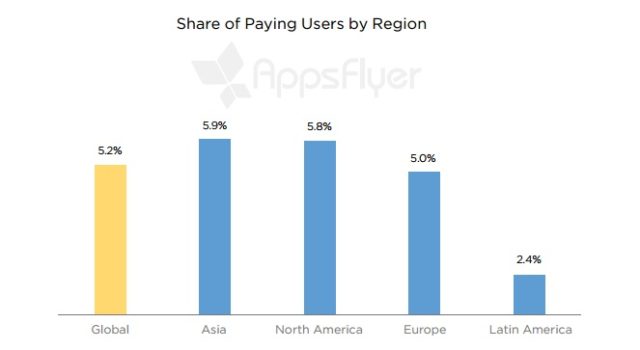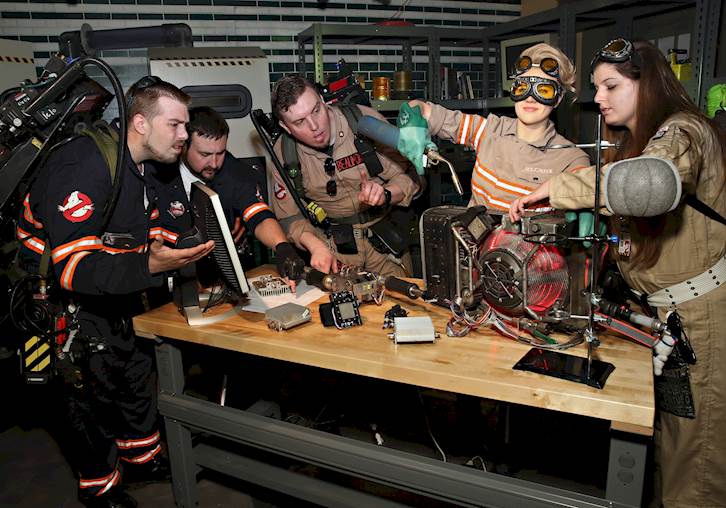Emmy Award-winning Hollywood studio, Bento Box Entertainment, has connected with the 18-34-year-old demographic through shows such as Bob’s Burgers, Bordertown, and Legends of Chamberlin Heights. The company recently launched Bento Box Digital Studios, which is overseeing entertainment across multiple platforms including virtual reality.
Bento has partnered with the Disney-backed VR studio Littlstar to deliver virtual reality content to early adopters who have invested in mobile and PC-based head-mounted displays. A Bob’s Burgers VR experience offers a first taste of the type of content the studio is developing for virtual reality.
Joel Kuwahara, co-founder and principal at Bento Box Entertainment, talks to [a]listdaily about the approach his company is taking in exploring virtual reality in this exclusive interview.
How is Bento Box selecting which properties to bring to virtual reality?
Our goal is to focus on creating VR content for properties with the most exposure and brand awareness. Properties such as Bob’s Burgers or our new Comedy Central series, Legends of Chamberlain Heights. People know Bob’s, they know the characters, and are more likely to click and view the video as a result. Getting fans to engage and explore these new VR experiences right off the bat is important. We are also focusing on properties that live in worlds and environments that have the potential for this type of exploration.
How are you working with the creatives behind each project in exploring VR?
Since VR is so new, the first thing we have to do is to make our creative people aware of what is possible, what works, what doesn’t work, and then encourage them to come up with new ideas that will work inside of the framework and humor of the show. We created the Bob’s VR piece to show people what we could do in an environment with which they are already familiar. The restaurant from Bob’s isn’t a foreign place. This is only a first step, but it allows us to show other creators what is possible and then discuss with them how VR can play a role in their shows.
What does VR open up creatively to TV show creators?
VR is really getting people to think outside of the box. No longer are you pinned to a flat 2D animation experience; you now have the ability to have multiple things going on at once, and to really feel like you are a part of the story. There is no front of the camera, we are forced to think on multiple layers, play with things in front of or behind the camera, and create visual or audio triggers that get the viewer to look where you want them to look. It is a much more non-linear experience.
Of course, this is still a bit of a puzzle. We are challenged to anticipate what the viewer will do, figure out what they want to see, focus on, and explore. There are no limits to what we can try, and unlike typical television, there isn’t necessarily an end, but rather an ongoing experience. One of the first things we need to accomplish is to get the viewers comfortable with this experience, and then—when the time is right—give them a good story. Right now we are giving them a taste and then following up with more, once their interest has piqued.
What were your goals in exploring VR with Bob’s Burgers?
One of our goals with Bob’s is to find something that is in the spirit of the show and is different from what other people are doing in VR. I hate to say it, but the majority of what I see in VR is not that different or interesting. Bob’s has a unique voice that we are keeping intact, with the characters being the same ones you see on TV. However, they all have points of view that we can now dive into through a VR experience.
How much interactivity are you incorporating into this VR experience?
As we graduate from dipping our toe into VR, as we did with the dancing Bob’s piece, the long play is to have more interactivity. As of now, we have an immersive experience and walk around, but what I would like to do is actually have interactivity with the whole family. A lot of this is tech driven, so we are working in tandem with new developments to make sure the content and the technology play off of each other symbiotically.
How does humor play in VR?
I think humor is a big part of the experience, but there is a place for all genres in VR. Everyone has a place to play.
What are the current challenges of steering people through a VR experience?
Challenges include anticipating what adventure the viewer will choose to explore, and the psychology behind the viewers’ experience. How do you keep them motivated to stay in the world? A lot of the VR that I have personally experienced to date has only been able to hold my interest for a minute or two. So whether you are creating a documentary or an entertainment piece, keeping people engaged through characters and strong storylines is a must.
How do video games and that type of thinking influence VR at this early stage?
Video games may be the perfect genre for VR. Why wouldn’t you want to be able to look all around you as you explore a game? People are creating tech to support those needs and wants, and gaming is raising the bar and driving this experience.
What are you learning about the length of time people want to watch content in VR and what are you shooting for with Bob’s Burgers?
For now, we are seeing that people are watching two to three minutes of VR content, but it is still very early.
What does the Littlstar platform open up for this content, especially given Disney’s investment in the company?
The great thing about Littlstar is that it gives people an opportunity to create their own VR experience. Littlstar also provides a platform that is perfect for mobile, of course, which is so important today.
What role do you see this Animation Channel on Littlstar playing in connecting with early adopters?
We are curating and identifying the best VR animation content on Littlstar. I am hopeful that this will inspire and motivate both a new generation of content creators as well as established ones. This is a new sandbox to play in and only time will tell what succeeds and what doesn’t. But until then, we plan on having fun building a lot of sand castles.



